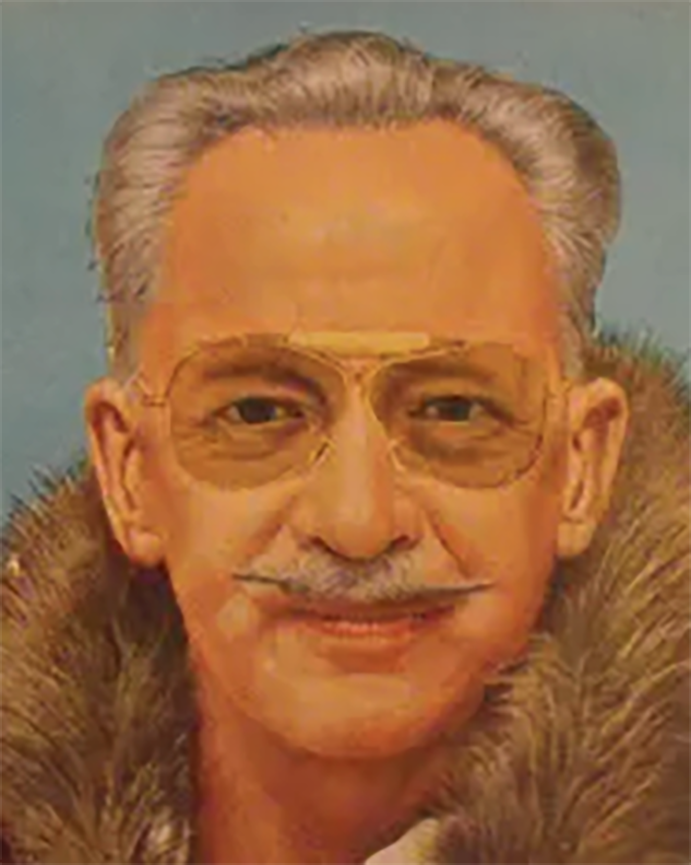The buck of your dreams is in your sights. His symmetrical 12-point rack is tall and wide. Later that night back at camp, when trying to quantify just how big that buck was, you stutter, “He was a Booner!”
Here’s a fun fact for you: If the man who invented that scoring system was given proper credit, you’d be saying something quite different.
“He was a Fitzer!”
But, like most things in our modern world, the creator didn’t get the end-game credit.
Yes, the term “Booner” has become synonymous with those once-in-a-lifetime deer every hunter dreams about. For some folks, the hard-and-fast qualifiers would be a typical-racked buck that nets 170 inches or more, or a nontypical that nets 195 inches or more.

Who Invented the Antler Scoring System?
The 170/195 standards are most commonly associated with the series of antler calculations popular with members and followers of the Boone and Crockett Club and Pope and Young Club.
What few folks realize, however, is that the modern scoring method dates back to Grancel Fitz, an American photographer who was born in Philadelphia just before the turn of the 20th century. The work of this acclaimed photographer has been exhibited worldwide in museums and galleries since the early 1900s. An exhibition of advertising Photographs 1929-1939, was staged at the Museum of Mondern Art in 1986. He was an affiliate member of the Society of Photographic Illustrators and the Philadelphia Camera Club.
That was his day job. On his downtime, Fitz (1894-1963) was a well-known rifleman and big-game hunter who hunted New York’s Sullivan and Ulster counties in the 1930s — and later the world. In fact, he was the first man to set out to harvest each North American big-game animal.
After piling up impressive animals with his trusty Griffen & Howe Springfield in .30-06 with iron sights, Fitz devised a scoring system so hunters could better quantify their antlers, skulls and horns.

On the Hunt for All North American Big-Game Animals
The system for scoring antlers was developed by Grancel Fitz after he set out in 1928 to take one specimen of each of the 25 legally huntable big-game animals in North America.
Known simply as the Fitz System, he used tape measurements. Later, the Boone and Crockett Club (with whom he worked closely) devised their own (and very similar) system.
The difference between the two scoring systems was that Fitz — when it came to deer antlers — used a rack’s greatest outside spread from inside the main beams, and any abnormal point was subtracted from the final score. In other words, nontypicals received very low scores.
Boone & Crockett saw the injustice in that system, so it revised the Fitz System and copyrighted the current scoring process in 1950.

Fitz completed his North American slam throughout the 1930s and 1940s. Very little is known about his later life, but we do know he passed away in 1963 at the age of 66.


